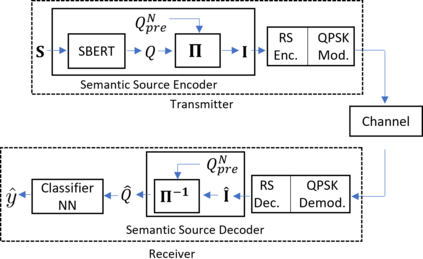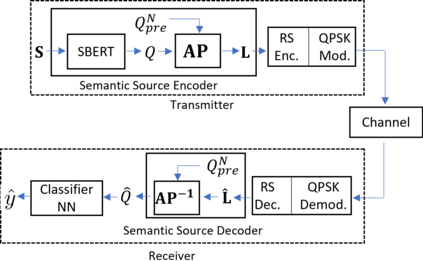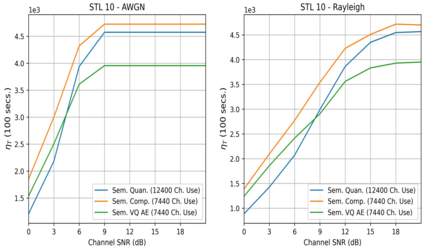
We propose semantic communication over wireless channels for various modalities, e.g., text and images, in a task-oriented communications setup where the task is classification. We present two approaches based on memory and learning. Both approaches rely on a pre-trained neural network to extract semantic information but differ in codebook construction. In the memory-based approach, we use semantic quantization and compression models, leveraging past source realizations as a codebook to eliminate the need for further training. In the learning-based approach, we use a semantic vector quantized autoencoder model that learns a codebook from scratch. Both are followed by a channel coder in order to reliably convey semantic information to the receiver (classifier) through the wireless medium. In addition to classification accuracy, we define system time efficiency as a new performance metric. Our results demonstrate that the proposed memory-based approach outperforms its learning-based counterpart with respect to system time efficiency while offering comparable accuracy to semantic agnostic conventional baselines.
翻译:暂无翻译









